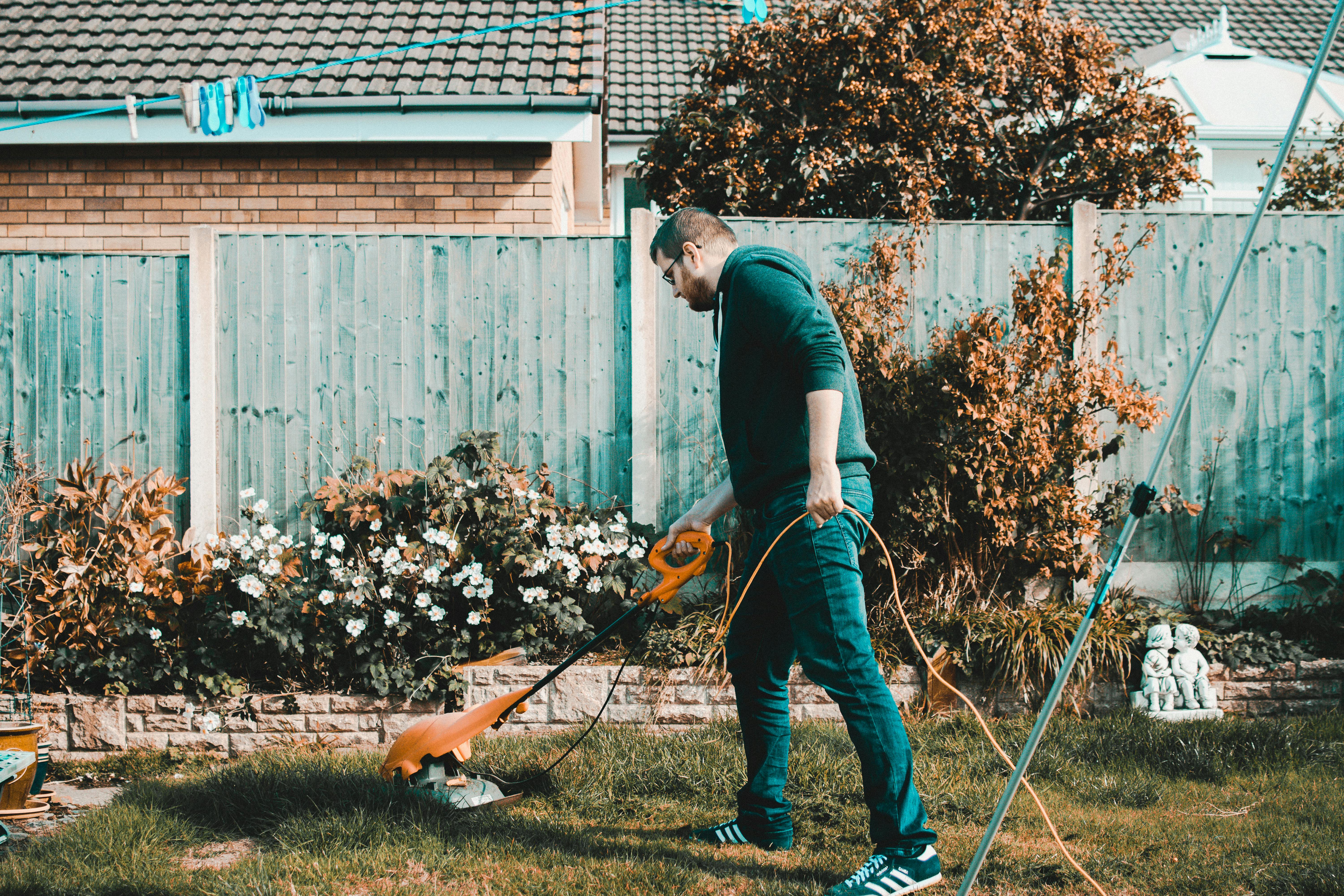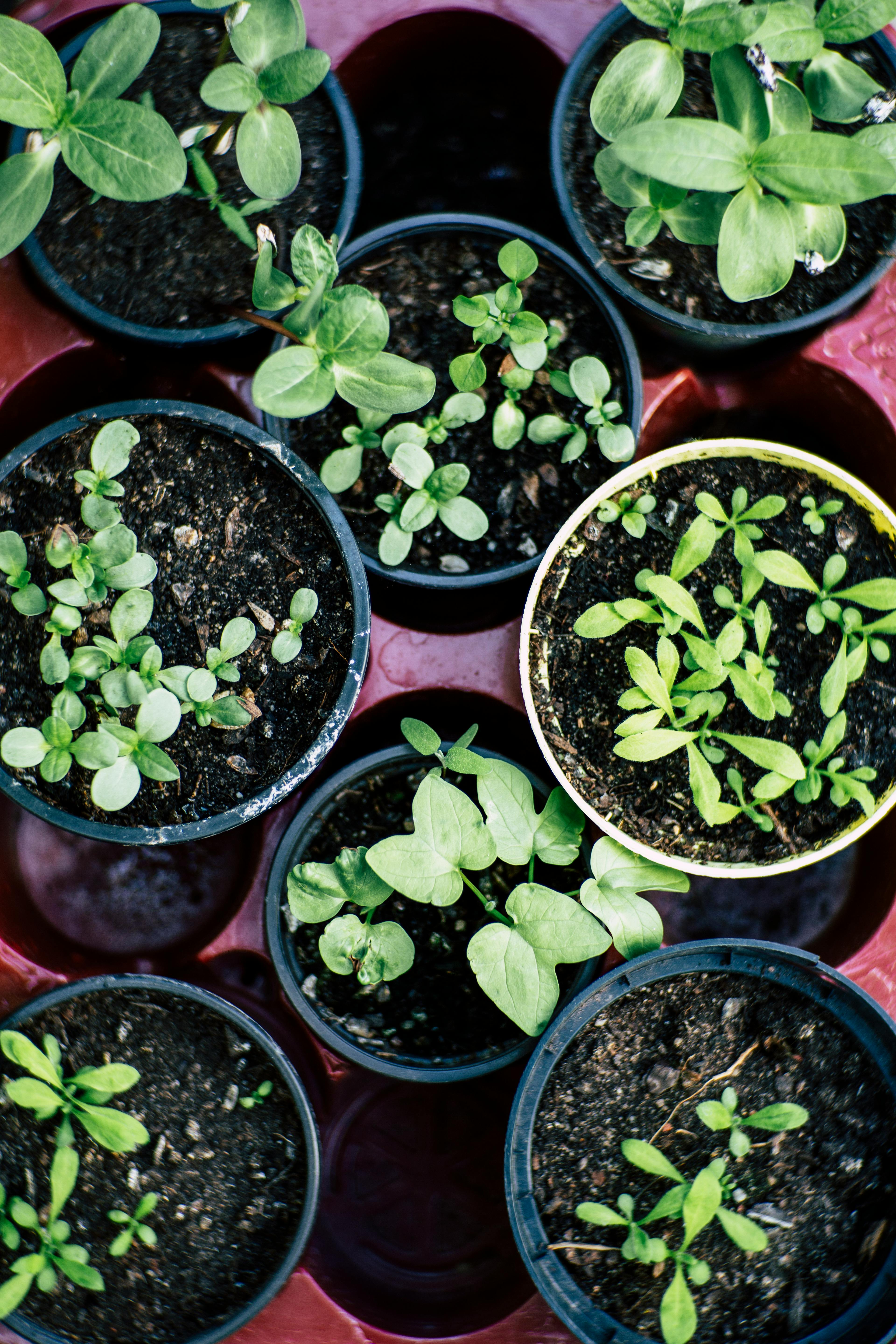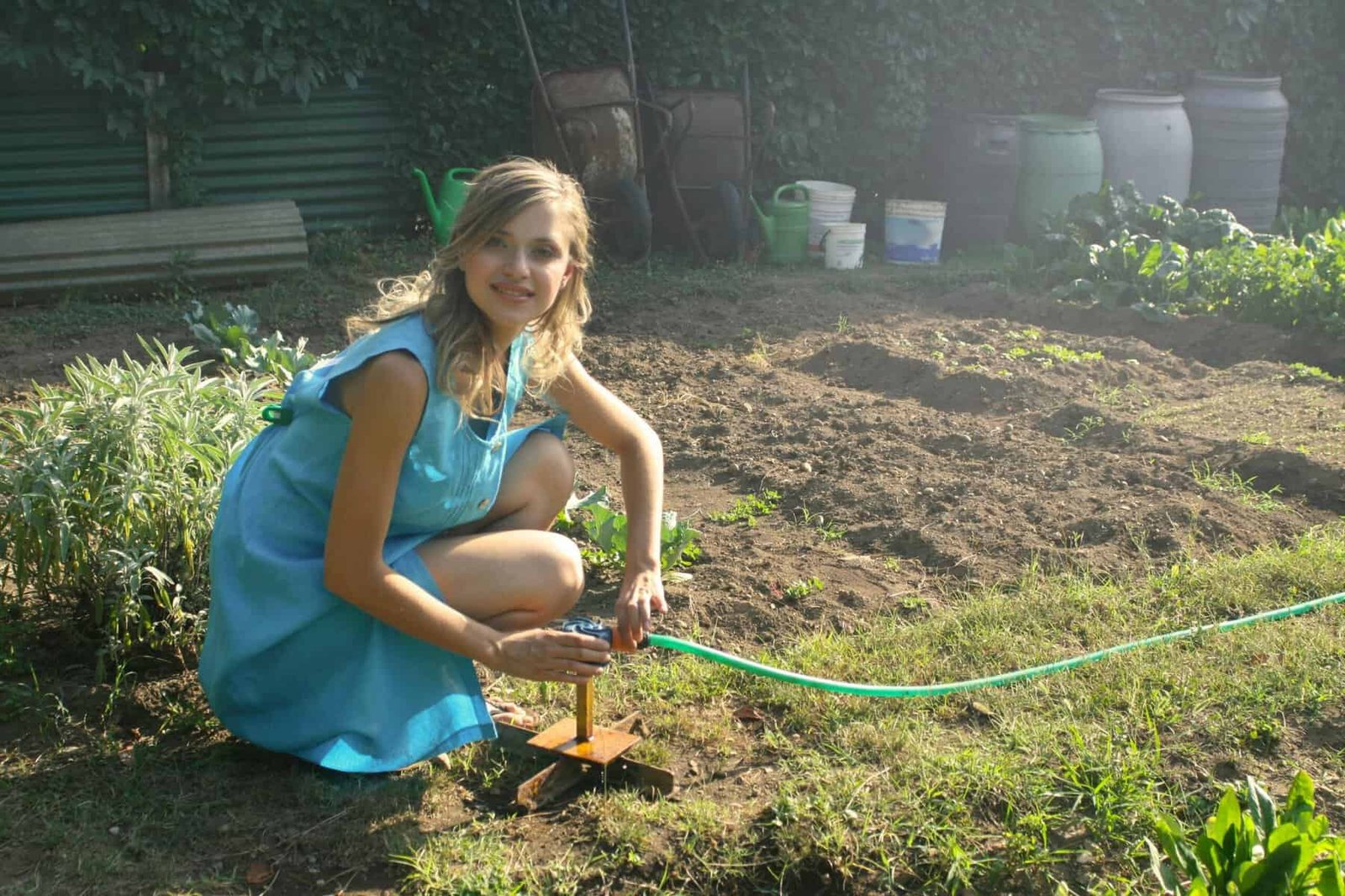Are you tired of battling relentless weeds that seem to thrive around your precious nopal plants? Well, fear not, because in this article, we will unveil the best methods to effectively control those pesky intruders and keep your nopal plants healthy and thriving. Say goodbye to the hassle of manual weed removal and discover the secrets to maintaining a weed-free environment for your beloved nopal plants.
Physical Weed Control Methods
Manual Removal
One of the simplest and most effective methods of weed control is manual removal. This involves physically pulling or digging up weeds by hand. While it may be time-consuming, especially for larger areas, manual removal allows you to target specific weeds and prevent them from spreading or competing with your nopal plants. Make sure to remove the entire weed, including the roots, to prevent regrowth. Remember to wear gloves to protect your hands and to properly dispose of the weeds to prevent re-infestation.
Mulching
Mulching is another popular physical weed control method that involves applying a layer of organic or inorganic material to the soil surface around your nopal plants. This layer acts as a barrier, preventing sunlight from reaching the weed seeds below and inhibiting their growth. Organic mulches, such as wood chips or compost, not only provide weed control but also improve soil health and retain moisture. Inorganic mulches, such as landscape fabric or plastic sheeting, can be highly effective in suppressing weeds but may not offer the same soil benefits.
Flame Weeding
Flame weeding is a unique physical weed control method that utilizes controlled flames to kill weeds. This technique involves passing a flame over the weeds, rapidly heating the plant cells and causing them to burst. This method is particularly useful for controlling weeds in paved areas or gravel driveways where other methods may be less effective. It should be noted, however, that flame weeding can be dangerous if not performed with caution. Ensure that you follow all safety guidelines and avoid using it around flammable materials or during dry periods.
Chemical Weed Control Methods
Selective Herbicides
Selective herbicides are chemical compounds specifically formulated to target and control certain types of weeds without harming your nopal plants. These herbicides work by disrupting the weed’s metabolic processes, ultimately leading to their death. Selective herbicides are typically applied to the leaves or stems of the weeds and are absorbed into their system, effectively killing them from within. When using selective herbicides, it is important to carefully read and follow the instructions to avoid damage to desired plants and minimize environmental impact.
Non-Selective Herbicides
Non-selective herbicides, on the other hand, are chemical weed control methods that effectively kill both weeds and desirable plants. These herbicides are often used in areas where there is a severe weed infestation and complete eradication is necessary. When using non-selective herbicides around nopal plants, extreme caution must be taken to avoid contact with the nopal plants themselves. They should only be applied to the targeted weeds and never on a windy day to prevent drift onto the nopal plants or other sensitive vegetation.
Pre-Emergent Herbicides
Pre-emergent herbicides work by forming a barrier in the soil that prevents weed seeds from germinating. These herbicides are typically applied before the weeds have a chance to emerge, effectively preventing their growth. They are particularly useful for controlling annual weeds, which tend to have a predictable germination period. When using pre-emergent herbicides around nopal plants, it is crucial to carefully follow the application instructions to ensure proper timing and avoid harming the nopal or other desired plants.

Biological Weed Control Methods
Introducing Weed-Eating Insects
Biological weed control methods involve utilizing the natural enemies of weeds to manage their growth. One effective approach is the introduction of weed-eating insects. These insects, such as beetles or weevils, feed on specific weed species, significantly reducing their population. However, it is important to carefully research and select the appropriate insect species that target the specific weeds in your area. Additionally, the introduction of these insects should be done with caution to ensure they do not disrupt the balance of the ecosystem or become invasive themselves.
Using Nematodes
Nematodes, microscopic parasitic worms, can also be used as a biological method of controlling weeds. Certain species of nematodes, known as weed-suppressing nematodes, infect and kill weed roots, ultimately preventing their growth. These beneficial nematodes can be applied to the soil around nopal plants, effectively reducing weed populations over time. It is important to note that nematodes are most effective against certain types of weeds, so proper research and identification of the targeted weed species is crucial for successful implementation.
Cultural Weed Control Methods
Proper Plant Spacing
Proper plant spacing plays a vital role in weed control. By ensuring adequate spacing between nopal plants, you can prevent weeds from competing for resources such as sunlight, water, and nutrients. Optimal spacing allows for better air circulation, reducing the moisture on the soil surface and inhibiting weed growth. Additionally, it makes it easier to access and manage weeds, facilitating manual removal or other control methods.
Regular Irrigation
Consistent and proper irrigation is an essential cultural weed control method. By providing your nopal plants with regular and adequate water, you promote their growth and vigor, enabling them to better compete with weeds. Additionally, consistent moisture encourages a healthy and robust root system, making it more difficult for weeds to establish and thrive. It is important to avoid overwatering, as this can create favorable conditions for weeds as well.
Cover Crops
Utilizing cover crops can be an effective cultural weed control method, especially in larger areas. Cover crops are plants deliberately grown to cover and protect the soil. They can outcompete weeds by shading the soil and preventing weed seeds from germinating. Additionally, certain cover crops, such as legumes, can fix nitrogen in the soil, improving its fertility for future plantings. Proper selection of cover crops and their timing is crucial to maximize their weed control benefits around nopal plants.

Combinations of Weed Control Methods
Integrated Weed Management
Integrated Weed Management (IWM) involves combining multiple weed control methods and strategies to effectively manage weed populations while minimizing negative impacts. IWM utilizes a combination of cultural, physical, biological, and chemical control methods tailored to the specific weed species and the surrounding environment. By integrating different approaches, you can address and target weeds at different stages of their life cycle, reducing reliance on any single method and promoting long-term weed control.
Rotational Weed Control
Rotational weed control involves alternating and diversifying control methods over time to prevent the buildup of weed resistance and improve overall effectiveness. By regularly changing the control methods used, weeds become less likely to develop resistance to specific herbicides or adapt to other control measures. For example, you could alternate between manual removal, herbicide applications, and biological control methods to keep weeds guessing and prevent them from overcoming your weed control efforts.
Sequential Weed Control
Sequential weed control involves the strategic timing and combination of different control methods throughout the growing season. By targeting weeds at different stages of their growth cycle, you can disrupt their growth and prevent them from reproducing. For example, you could start with pre-emergent herbicide applications to prevent weed seed germination, followed by manual removal or selective herbicides as needed. This sequential approach ensures that weeds are continually suppressed and limits their ability to establish and spread.
Preventing Weed Growth
Soil Sterilization
Soil sterilization is a preventive weed control method that involves killing or inhibiting weed seeds and pathogens in the soil before planting. This can be accomplished through various techniques such as solarization, steam sterilization, or chemical sterilization. By eliminating weed seeds in the soil, you can significantly reduce the number of weeds that germinate and compete with your nopal plants. However, it is important to note that soil sterilization can also harm beneficial soil organisms, so it should be used sparingly and in specific situations.
Using Weed Barriers
Weed barriers, such as landscape fabric or plastic mulch, are effective preventive weed control methods. These materials create a physical barrier between the soil and the sunlight, preventing weed seeds from germinating. Weed barriers are particularly useful in areas where weed infestation is a persistent problem or where nopal plants are vulnerable, such as newly established areas. They can be applied before planting or around existing nopal plants, providing long-term weed suppression while still allowing for essential water and nutrient exchange.
Hydroponic Cultivation
Hydroponic cultivation is a weed-free alternative to traditional soil-based gardening. In hydroponics, plants are grown in a water-based nutrient solution without the need for soil. This method eliminates the possibility of weed seeds germinating and competing with your nopal plants. By controlling the nutrient solution and providing optimal growing conditions, hydroponic cultivation can promote healthy nopal growth without the need for extensive weed control measures. However, it requires additional equipment and knowledge to set up and maintain.

Identifying and Monitoring Weeds
Weed Identification Guide
To effectively control weeds, it is important to accurately identify the weed species present. A weed identification guide can help you correctly identify the weeds growing around your nopal plants. Once identified, you can research specific control methods and develop targeted strategies to manage each weed species. Proper identification also enables you to differentiate between desirable plants and weeds, preventing accidental removal or damage to your nopal plants.
Regular Weed Inspections
Regular inspections of your garden or nopal plantation are crucial to stay on top of weed growth before it becomes a significant problem. Take the time to walk through your garden and carefully examine the soil surface, plant beds, and any areas where weeds commonly take hold. By identifying weeds in their early stages, you can implement control measures promptly, preventing them from spreading and reducing the overall weed population. Regular inspections should be part of your routine maintenance to maintain weed-free conditions.
Weed Mapping
Creating a weed map can be an effective way to track and monitor the distribution and growth of weeds around your nopal plants. By mapping the location and severity of weeds, you can identify problem areas and develop targeted control strategies for each section of your garden or plantation. This visual representation allows you to prioritize your weed control efforts, especially if you have limited time or resources. Regularly updating your weed map will help you monitor the effectiveness of your control methods and make necessary adjustments.
Maintaining Weed-Free Conditions
Regular Maintenance Schedule
Establishing a regular maintenance schedule is essential for maintaining weed-free conditions around your nopal plants. This schedule should include tasks such as regular weeding, mulch replenishment, and monitoring for new weed growth. By adhering to a consistent routine, you can stay on top of weed control and prevent small weed infestations from becoming overwhelming. Incorporating maintenance tasks into your weekly or monthly gardening routine will help ensure the long-term health and beauty of your nopal plants.
Proper Weed Disposal
Proper weed disposal is crucial to prevent re-infestation and the spread of weed seeds. When removing weeds, make sure to bag them to prevent the seeds from dispersing. If the weeds have not gone to seed, you can add them to your compost pile, ensuring the pile reaches temperatures high enough to kill the weed seeds. Avoid disposing of weeds in areas where they can reestablish or using them as mulch in your garden. Proper weed disposal is essential for effective weed control and preventing future weed problems.
Weed-Free Equipment
Maintaining weed-free equipment is often overlooked but is an important aspect of weed control. Inspect and clean your gardening tools, lawnmower, and other equipment regularly to remove any clinging weed seeds or plant debris. This prevents the accidental spread of weed seeds to new areas of your garden or nopal plantation. Keeping your equipment weed-free not only improves the overall hygiene and functionality but also helps maintain a weed-free environment for your nopal plants.

Considering Environmental Impact
Minimizing Chemical Usage
When using chemical weed control methods, it is essential to minimize their usage to reduce potential negative impacts on the environment. Carefully follow the instructions and recommended dosages provided by the herbicide manufacturer. Avoid unnecessary overapplication, as it can lead to herbicide runoff and contamination of nearby water sources. Additionally, consider using more targeted strategies, such as selective herbicides or biological control methods, that minimize the need for broad-spectrum chemicals and reduce the risk of harming non-target organisms.
Evaluating Herbicide Toxicity
Before using any herbicide, it is crucial to evaluate its toxicity and potential harm to the environment. Look for herbicides that are labeled as environmentally friendly, low toxicity, or safe for use around desirable plants. Read the product labels and follow guidelines on environmental hazards, safety precautions, and proper disposal methods. When choosing herbicides, prioritize those that have minimal long-term effects on beneficial organisms such as pollinators, birds, and other wildlife.
Preserving Beneficial Flora and Fauna
While controlling weeds is important, it is equally important to preserve and protect beneficial flora and fauna in your garden or nopal plantation. Consider the impact of your weed control methods on pollinators, birds, beneficial insects, and other wildlife. Avoid using broad-spectrum chemicals that may indiscriminately harm non-target organisms. Incorporate measures that encourage biodiversity, such as planting native flowers to attract beneficial insects, or creating habitat areas to support wildlife. By maintaining a balanced ecosystem, you can achieve effective weed control while preserving the natural environment.
Succession Planning for Weed Control
Long-Term Weed Management
Long-term weed management involves developing strategies and implementing practices that prevent and manage weed growth over an extended period. This requires understanding the life cycles and growth habits of the weeds in your area and implementing both proactive and reactive control measures. Consider utilizing a combination of physical, biological, cultural, and chemical weed control methods that work synergistically to mitigate weed problems. Regularly reassess and adapt your weed management plan to address changing conditions and emerging weed species.
Rotating Weed Control Strategies
Rotating weed control strategies is a crucial aspect of effective and sustainable weed management. Weed species can develop resistance to specific control methods over time, making them less effective. By rotating between different control strategies, such as manual removal, herbicide applications, or biological control methods, you can prevent weeds from adapting and reduce the risk of resistance. Rotate your strategies strategically, considering the type of weeds, their life cycles, and the specific control methods available to you.
Implementing Sustainable Practices
Implementing sustainable practices is vital for long-term weed control and overall environmental health. This includes practices such as organic gardening methods, using natural fertilizers and soil amendments, conserving water, and maintaining healthy soil. By following sustainable practices, you promote the health and resilience of your nopal plants, enabling them to better compete with weeds. Additionally, sustainable practices contribute to the overall sustainability of your garden or nopal plantation, reducing the need for extensive weed control measures and the potential negative impacts on the environment.
In conclusion, controlling weeds around nopal plants requires a comprehensive approach that combines various methods and strategies. Physical weed control methods, such as manual removal and mulching, offer effective immediate control. Chemical weed control methods, including selective herbicides, non-selective herbicides, and pre-emergent herbicides, provide targeted control in specific situations. Biological weed control methods, such as introducing weed-eating insects and using nematodes, utilize natural enemies to manage weed populations. Cultural weed control methods, such as proper plant spacing, regular irrigation, and cover crops, promote healthy nopal growth while suppressing weed competition. Combinations of weed control methods, such as integrated weed management, rotational weed control, and sequential weed control, ensure comprehensive and sustainable weed management. Preventive measures, such as soil sterilization, weed barriers, and hydroponic cultivation, can effectively reduce weed growth. Identifying and monitoring weeds, maintaining weed-free conditions, considering environmental impact, and implementing succession planning all play crucial roles in achieving successful and sustainable weed control around nopal plants. By implementing these best practices and adapting them to your specific situation, you can maintain weed-free conditions and promote the health and productivity of your nopal plants.

